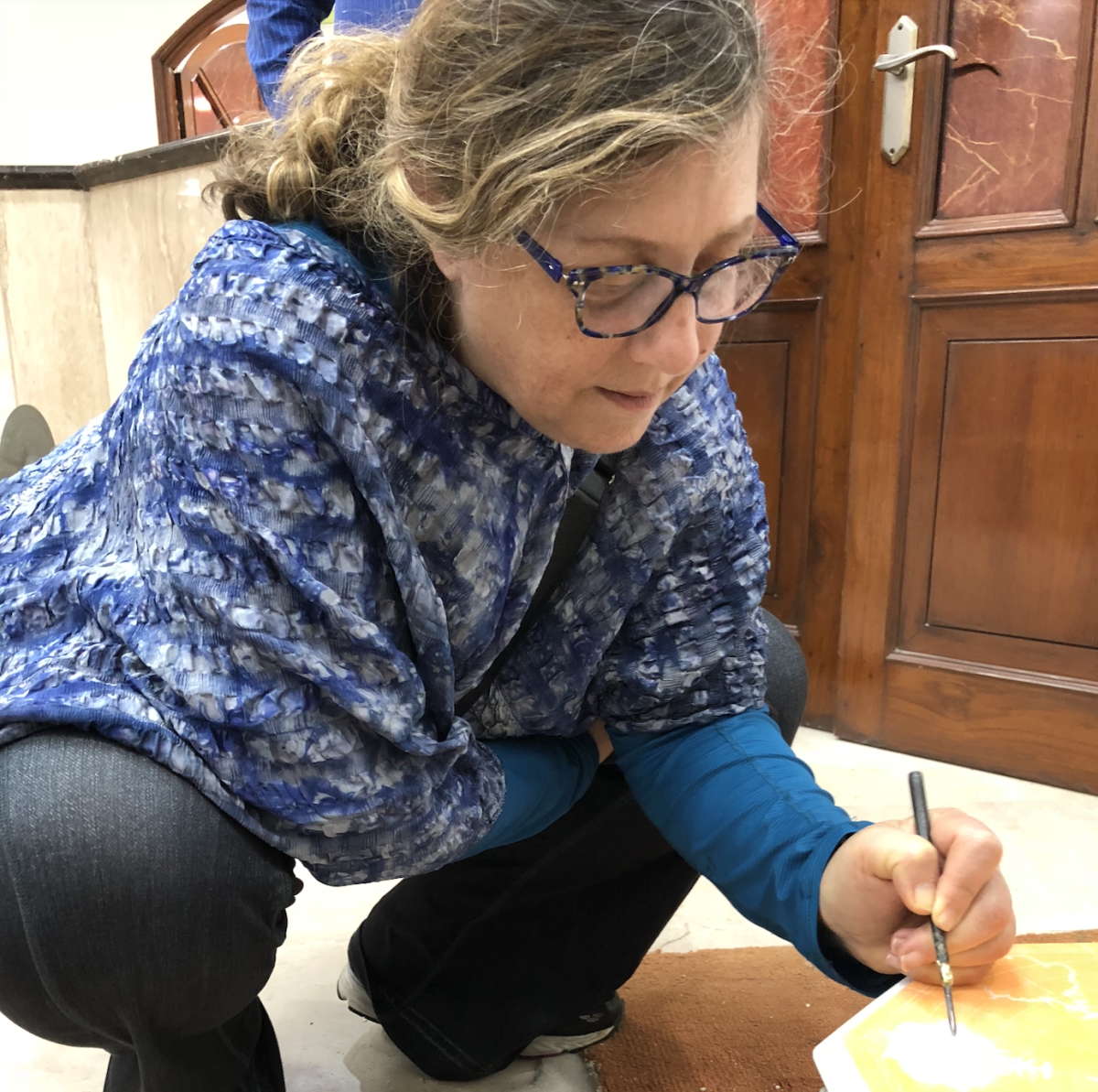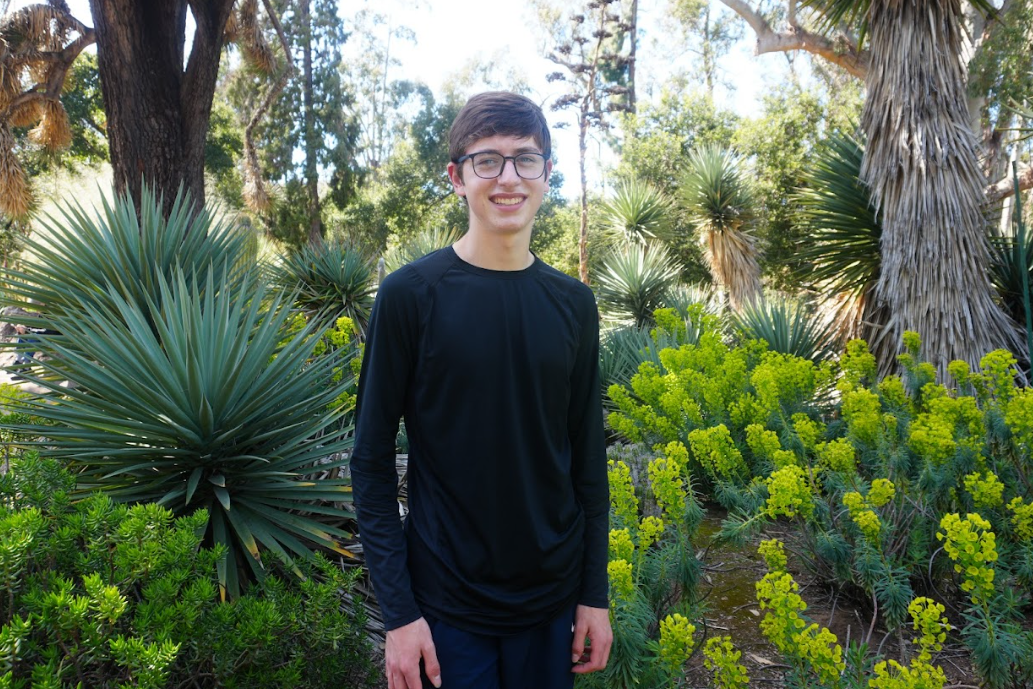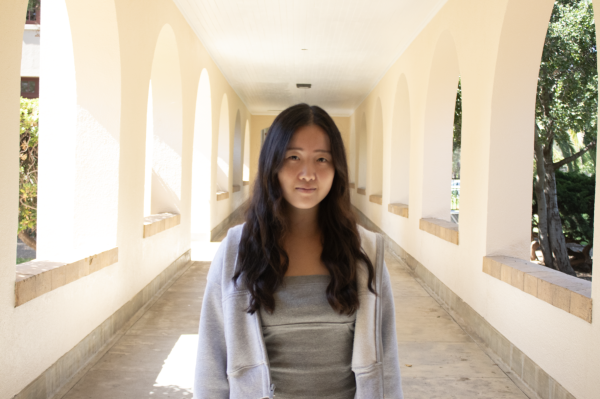Long before independent films swept award ceremonies and filled streaming platforms, they lived free of Hollywood’s grasp as the quiet rebels of cinema. Indie films’ fearless and authentic spirit found its focus in the early 20th century, when filmmakers challenged Thomas Edison’s Motion Picture Patents Company — a group of film companies that aimed to have a monopoly on the film industry. These independent or “indie” filmmakers carved out space for artistic freedom and storytelling in the otherwise tightly controlled world of cinema.
Now, a century since indie filmmakers first experimented, refined and innovated their craft, the definition of what makes a film truly “independent” has evolved, becoming difficult to confine to a specific genre or cinematography style. Paly Video Production teacher Rodney Satterthwaite believes that indie films can often be identified through specific characteristics that go beyond what is seen on screen.
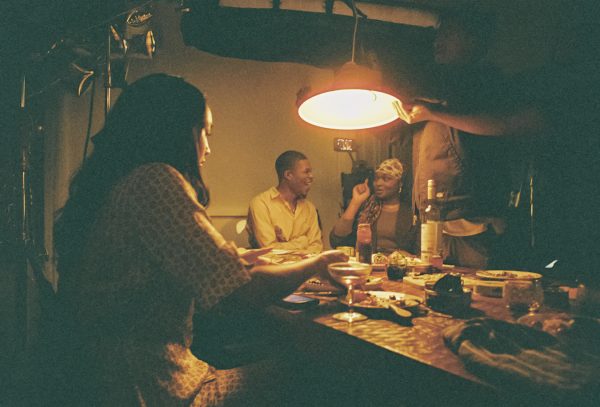
“The three main criteria of independent film would be that it is not financed by a major studio, doesn’t have a lot of marketing, star power and money behind it to drive the narrative and deals with issues that are not always dealt with in mainstream films,” Satterthwaite said. “The last part is more nebulous, [it is] the general idea that it has an independent spirit, something to the music, acting, script or the directing that makes it feel like someone is thumbing their nose at the establishment in some way.”
More films classified as independent have begun to fulfill less of these criteria, resulting in the line between an indie film and studio film becoming increasingly blurry. Paly Composition of Literature and Visual Media teacher Alanna Williamson attributes the growing popularity of indie films to the rise of A24, an American indie film production and distribution company.
“A24 was the indie movie studio, and now it is very well known,” Williamson said. “It’s not indie anymore at all, since they produce more widely seen movies now as well. They also have big names and they have a lot bigger budgets.”
Among the many notable films distributed by A24, “Midsommar” — produced by film production companies B-Reel Films and Square Peg — is credited by many, such as Paly Film Club member Sammy Lucas, as the catalyst for the traction indie films have gained.
“‘Midsommar’ was the peak of indie movie popularity,” Lucas said. “Everyone was talking about it, and not necessarily just ‘Midsommar,’ but that era of A24 that was around 2016 to 2018. People were used to seeing certain types of films, and then movies like that started to explode, and that piqued people’s interests because they’re so different from what was playing at the time.”
Indie films remain unique in their creative philosophy, telling a diverse range of stories however they see fit. This commitment to unfiltered storytelling is what draws many filmmakers and viewers to the indie scene. According to Zachary Epcar, an award-winning independent filmmaker and founding member of the film programming collective Light Field, audiences want to see what film has to offer outside of its typical blockbusters.
“For a while now, the films people have access to have felt very narrow,” Epcar said. “Because of that narrowness, we’re sort of trapped in the Marvel Cinematic Universe. People want something new. They want something different. Independent films can offer something different, a different way of thinking about cinema, a different way of thinking about the world.”
Indie films provide the opportunity for more underrepresented stories to be told, which has allowed independent filmmaker and high school student Murray Susen to see the power of storytelling from unfamiliar places.
“They are really able to showcase cultures and moments of time that I never would have seen in another context,” Susen said. “I’ve seen indie films that have stories from countries I’ve never even heard of. That’s really the power of an indie film, how if someone has a strong enough message and a strong enough passion for something and they want to put it into a film, it will attract an audience because that message needs to be told.”
With a space to tell stories of more personal, vulnerable experiences, indie films do not shy away from ambiguous or bittersweet endings, often leaving the viewer to think about the complexities of the human experience.

“Indie films are able to take a lot more risks with the type of messages that they promote,” Susen said. “I don’t think that films always have to have a happy ending or have to teach a good moral. It’s just as important to have films that really leave you feeling bad or leaving a sick feeling in your stomach.”
Dwayne LeBlanc, an independent filmmaker that has screened at major international festivals and art institutions and is developing his debut feature film, sees indie films as a way to shed light on the personal moments in life.
“My films are an anthropological point of view on Black American life, but it is also about contemporary thoughts, about the mundane, desire, longing and identity that is still relevant,” LeBlanc said. “It’s important in a way, that I show those small details of our lives are important. It’s important for me to be able to make films that are not necessarily spectacular drama or a high level of action.”
For filmmakers outside the studio system, the freedom to explore unconventional narratives and challenge audience expectations can be both liberating and essential to their work. LeBlanc, for instance, finds it necessary to have control on the script, individual shots, production, editing and — most importantly — the time it takes to create a film. After a contract hindered LeBlanc’s creative freedom, he told the film distributor one of his guiding rules: He could not edit a film with time being a parameter during the creative process.
“I have to be able to have this certain type of voice within it [my film] to be able to create what I need,” LeBlanc said. “Otherwise, it won’t be an honest reflection of what I was going to make.”
Now, with recent developments in digital technology, the increased accessibility of camera equipment has opened the doors for more aspiring filmmakers to pursue film ventures.
“Camera equipment is more affordable than it’s ever been,” Satterthwaite said. “You can film a movie on your iPhone now, and it’s good quality. … Editing software is cheap, and some of it’s free. And there’s bevies of tutorials out there where you can learn how to edit your own film.”
Despite advancements in film equipment access, LeBlanc believes that the exclusive nature of prestigious film festivals still tips the scale in favor of mainstream filmmakers and exclusive studios.
“Film festivals historically would be more so a space for films to be discovered and then to get distribution, and allow films without a certain future to get a future,” LeBlanc said. “We’re seeing more spaces in big film festivals being taken up by films with bigger budgets.”
Films that are labelled as “indie” despite higher film production costs attract a larger audience, serving as a marketing tactic for indie film festivals to generate excitement towards the screenings. Satterthwaite maintains that the marketing frenzy surrounding major film festivals, notably the Sundance Film Festival, takes away from the craft of films themselves.
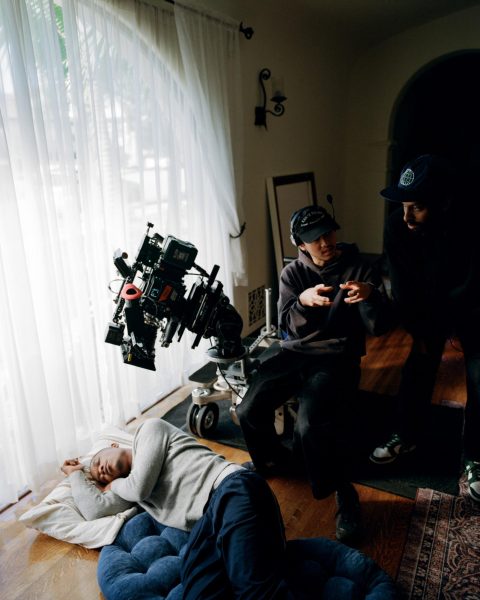
“Sundance started out as this independent maverick where you could show films that were crazy and didn’t make any sense, but were technically strong,” Satterthwaite said. “Then it became trendy, and then Hollywood stars got involved and then it became this huge thing. Sundance still puts out some great films, but it has become more of a celebrity hangout than a way to celebrate small, independent filmmakers, which is where it started.”
The selective approach that film festivals have towards highlighting both well-known and emerging filmmakers’ submissions means that indie filmmakers must find other ways to gain visibility. LeBlanc advocates for the importance of spaces for indie films to gain viewership beyond traditional film industry platforms like theatrical releases and streaming platforms.
“We need to be not just the authors of the film but also able to play films for audiences in our homes and spaces that we have some control over,” LeBlanc said. “They are important venues that we shouldn’t overlook. It shouldn’t always have to be about the major festival, though those are very important as well.”
This call for filmmakers to take ownership of how and where their work is shared extends beyond individual spaces. Satterthwaite believes this accomplishment arises from filmmakers collectively reinventing the platforms that breathe life into independent cinema.
“The next steps for [the exposure of independent films] could be a group of independent filmmakers who come together to make their own vision of what a film festival should be, or what independent film is, and maybe they celebrate that together,” Satterthwaite. “That has a lot of potential for the future independent film.”
Moments in which filmmakers can discuss their work and inspire other filmmakers are made possible through local indie film festivals.

“Getting the really small-scale experiences is just so important because you really get to know, for example, how they did this exact frame, and you can pull it up on the computer because the person that shot it is standing right there, which I just absolutely love,” Susen said. “That’s a really important part of supporting local filmmaking and local theaters because it does snowball and turn into things like Sundance, but it’s only because it starts right in your backyard.”
While independent filmmaking thrives on personal connection and hands-on creativity, the broader film industry is undergoing a technological transformation with the rise of artificial intelligence that is bringing about possibilities and concerns. When evaluating the lack of originality in AI-generated media, LeBlanc disapproves of the idea of considering films made from AI as art.
“AI doesn’t have a body,” LeBlanc said. “It is just reflecting, being a silhouette of something. Intentionality, specificity or function between these two things [human craft and AI] are worlds apart. … You can only go so far with a silhouette of a human experience.”
The concern of AI in film highlights the core of what makes indie films powerful: their focus not on algorithms but on portraying, sharing and encouraging genuine human experiences.
“Indie filmmakers who are willing to share their story and their experience is what teaches you, in the first place, how to become a true filmmaker,” Susen said. “That is the heart of indie filmmaking, and any other criteria that someone might put on it is not as important, because it’s about the human connection. That’s what being a filmmaker is all about.”
TheIndieSpirit


